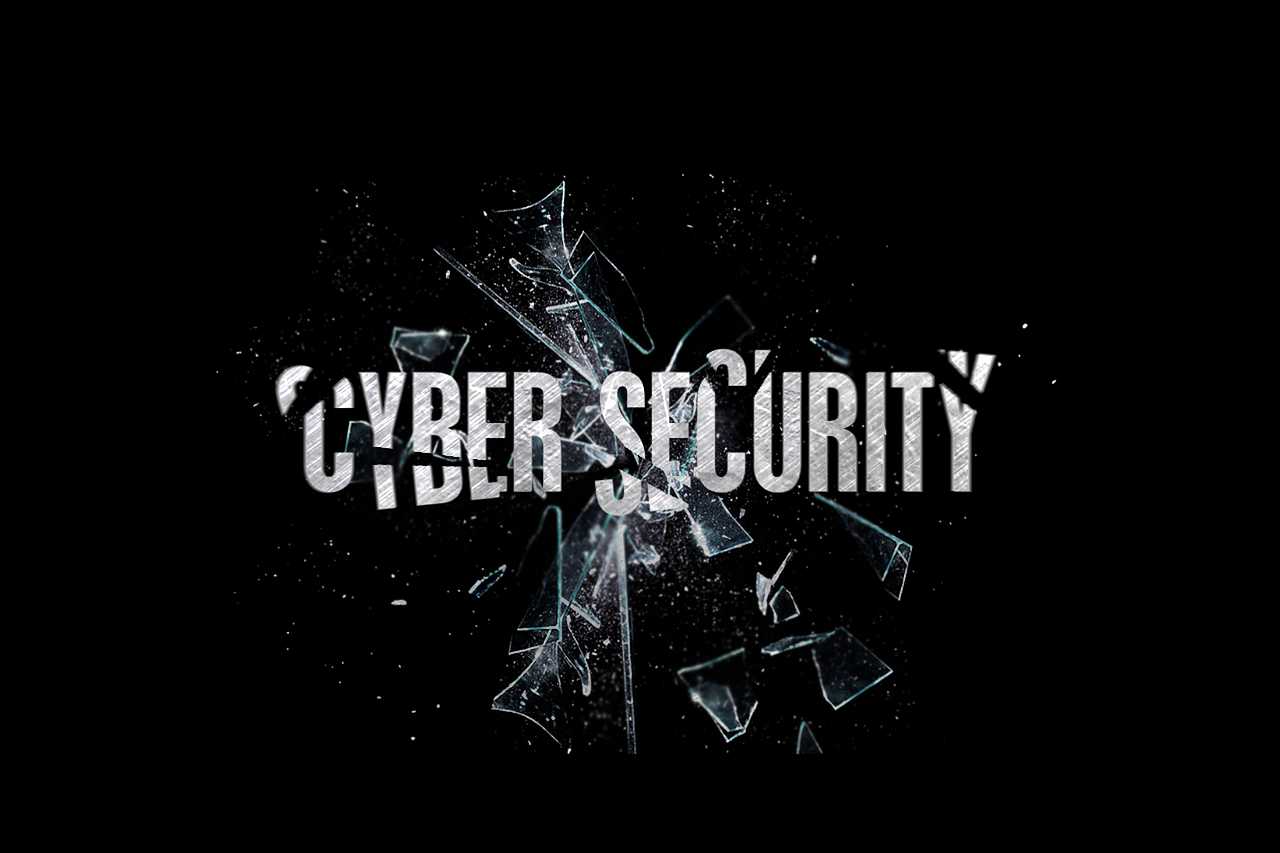
No business is 100% secure from hackers, but there are ways you can limit your company’s risk. It includes training employees on cybersecurity threats and continuously monitoring networks and systems. Many small business owners think cybercriminals only target larger corporations. It is a mistake. Cyberattacks on smaller companies are more common and costlier.
1. Lack of Training
Many small-to-midsize businesses think cyber attacks only target larger companies. However, that’s not the case. Attackers can easily use malware that encrypts data and requests a ransom.
This attack can cost a company thousands in damages and tarnish their reputation. Human error can also cause a business to fall victim to a security attack. According to a report by cybersecurity resource platform SANS, over 80% of all data breaches are caused by people.
It includes phishing scams, business email compromise scams, and password hacking. Many small businesses need advanced tech tools and cybersecurity Charlotte to protect their data and systems from cyberattacks. It can leave them vulnerable to attacks, especially if employees don’t have adequate training to recognize and avoid cyber threats.
2. Poor Network Security
Cybercriminals can access sensitive information without breaking into the company’s network by exploiting weak links in the system. These vulnerabilities range from poorly-protected wireless access points to misconfigured firewalls and unpatched operating systems.
Staff members can also create a serious security risk, whether they discuss work-related topics on social media, email an important document to the wrong person, or leave company information on their home computers. These risks are compounded when employees use personal devices for work or connect to the company network over unsecured WiFi networks.
Employees must be regularly trained to avoid common cyberattacks, such as not opening attachments in unfamiliar emails or confirming bank payment instructions with the sender. Training can also help them recognize suspicious emails like those requesting rush payments that could be part of a ransomware attack.
Many small businesses mistakenly believe their size makes them less attractive targets to hackers, but they’re wrong. These organizations often hold the same types of sensitive customer information as larger companies, and their lack of assets and cybersecurity expertise makes them a target for attack.
3. Unauthorized Access to Data
Unauthorized access means gaining entry to data or systems without permission. Sometimes, this happens when hackers break into a system or network and steal sensitive information. Still, it can also occur when non-malicious users access or share data or resources they shouldn’t. The most common example is employees sharing or accidentally exposing confidential data via file sharing or sync-and-share apps, email, and other digital channels.
It can cause significant data breaches, especially when the files that get shared or exposed develop into more sensitive or valuable information. Multifactor authentication, requiring users to select strong passwords with letters, numbers, and special characters, training staff on password security best practices, and mandating regular updates can stop many of these incidents from happening.
Segmenting a network can also help, as this makes it more difficult for attackers to move laterally between systems. It requires robust visibility tools to tune out the noise and detect high-fidelity risk signals like off-hours or departing employee activity that conventional policy-based means struggle to flag or block.
4. Lack of Backups
One of the most common ways businesses make themselves vulnerable to attacks is by failing to back up their data. Data is incredibly valuable, and backups are crucial to protecting it.
Unfortunately, backups can be just as vulnerable to cyber-attacks as the original data files are. Hackers have been known to target backups as part of ransomware attacks, and they can also be tampered with using compromised credentials or APIs.
Final Words
Employees can also cause problems with backups, whether accidentally or maliciously. For instance, they may delete a file out of frustration or to make things difficult for their former employer. Or, they could install malware that causes software corruption and destroys files or programs. To avoid these problems, ensure your business’s backups are protected and tamper-resistant. It might include using air-gapped backups physically disconnected from your network and the internet to make it more difficult for hackers to access them. You should also test and validate your backups regularly.